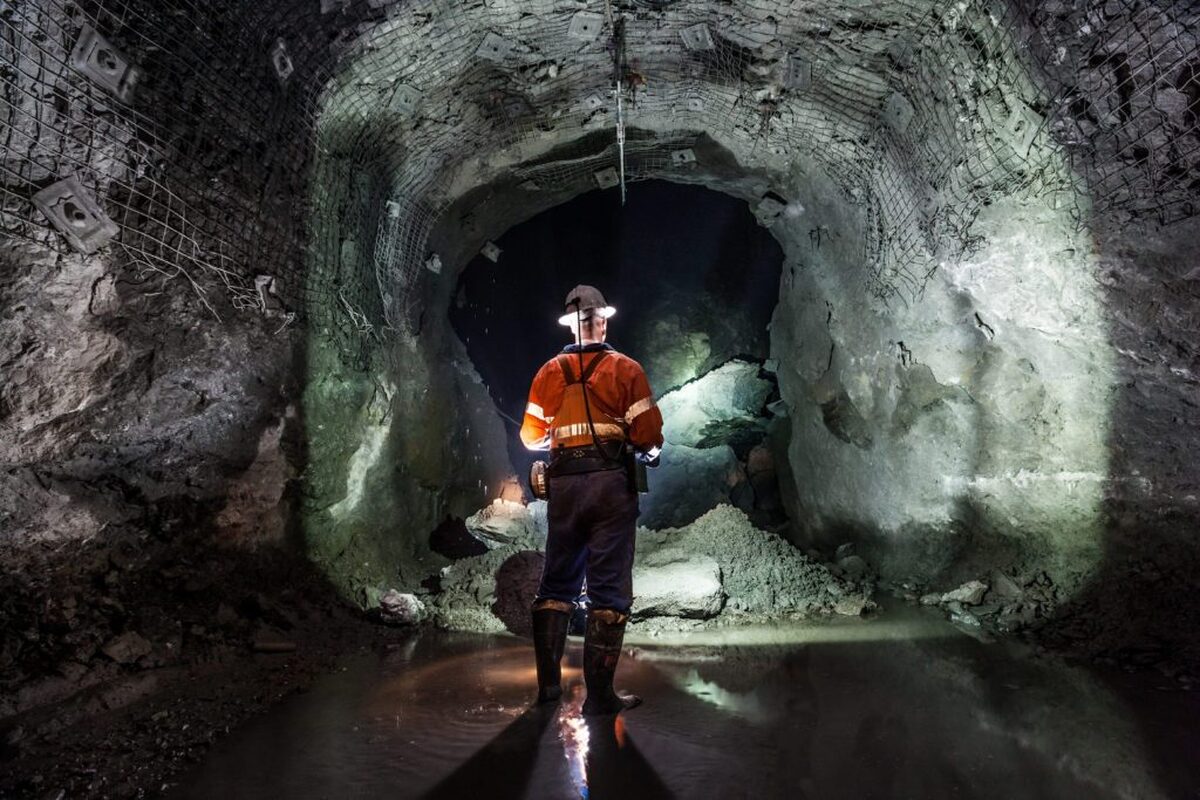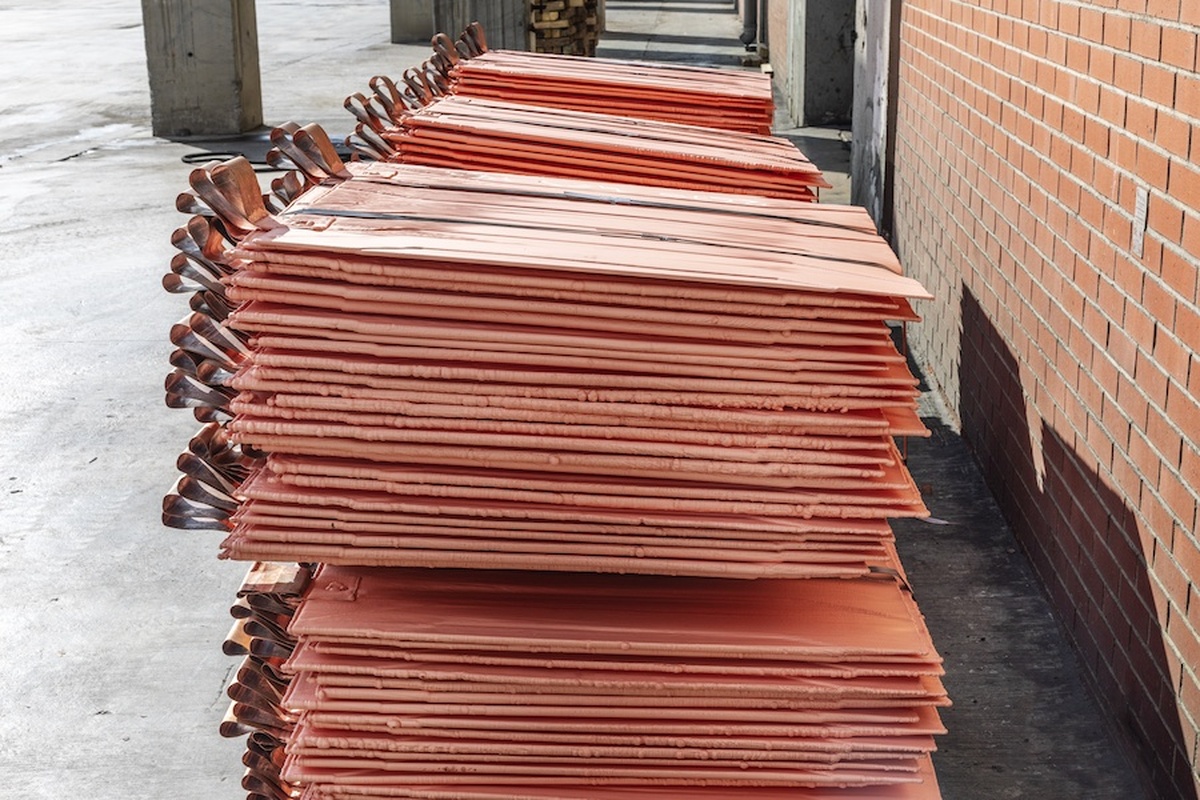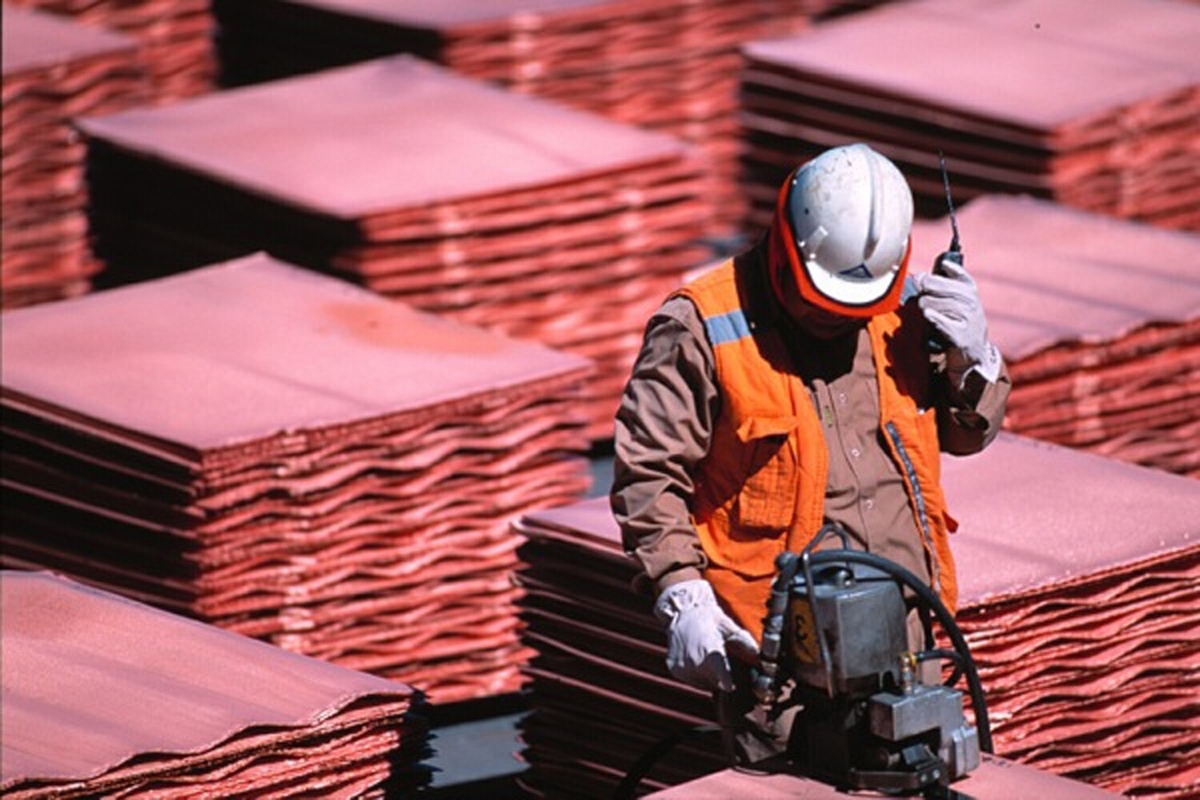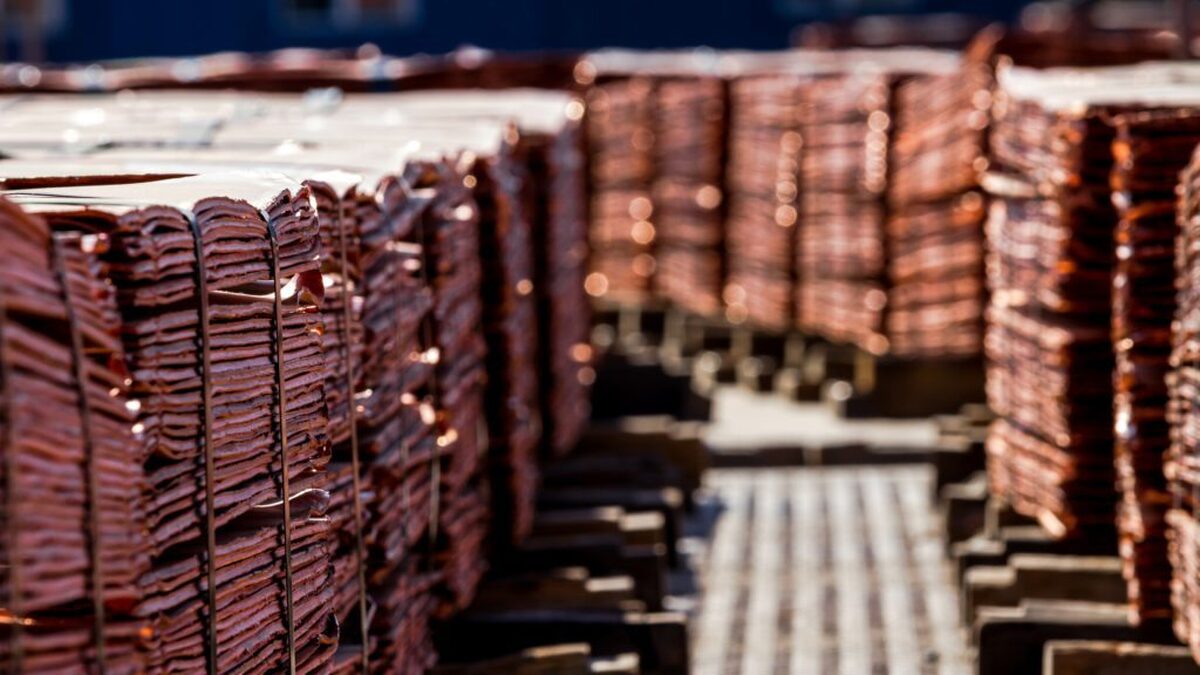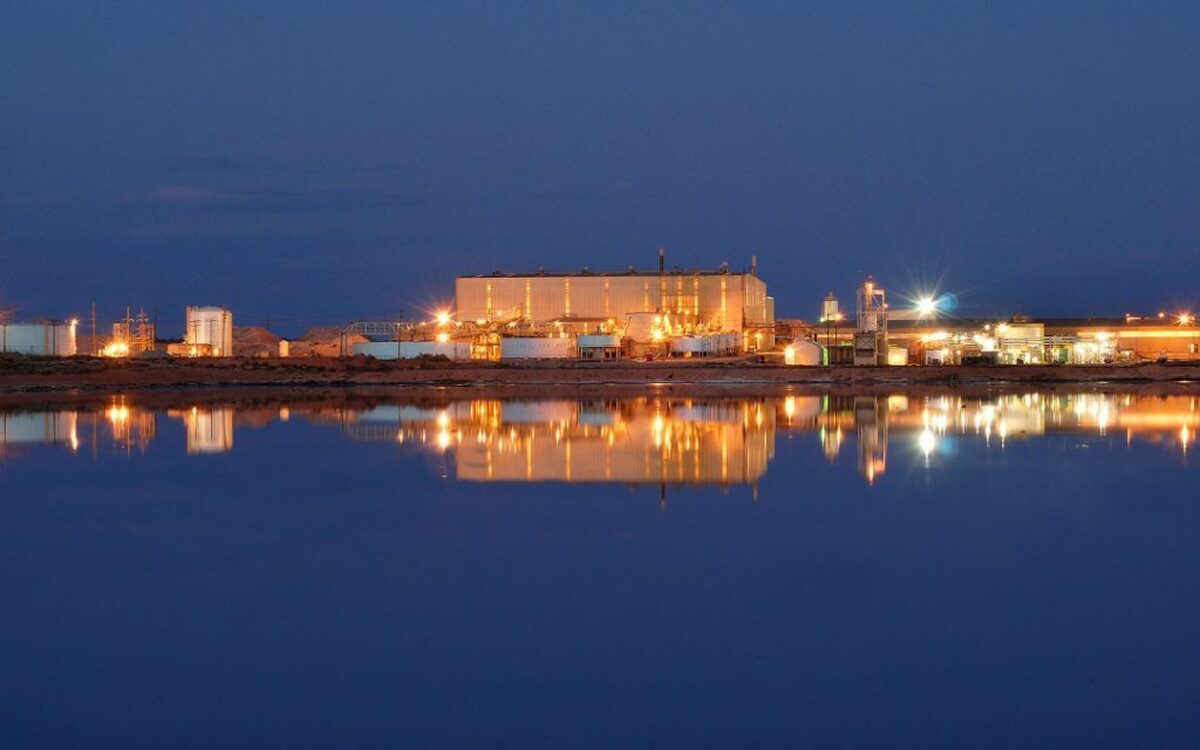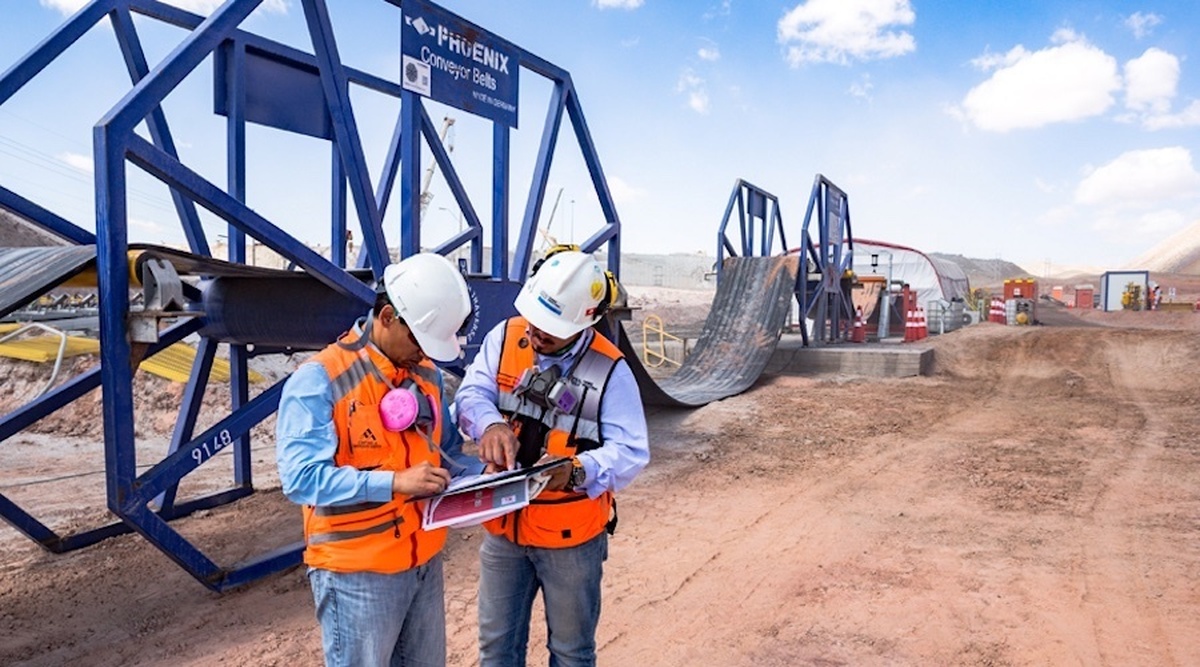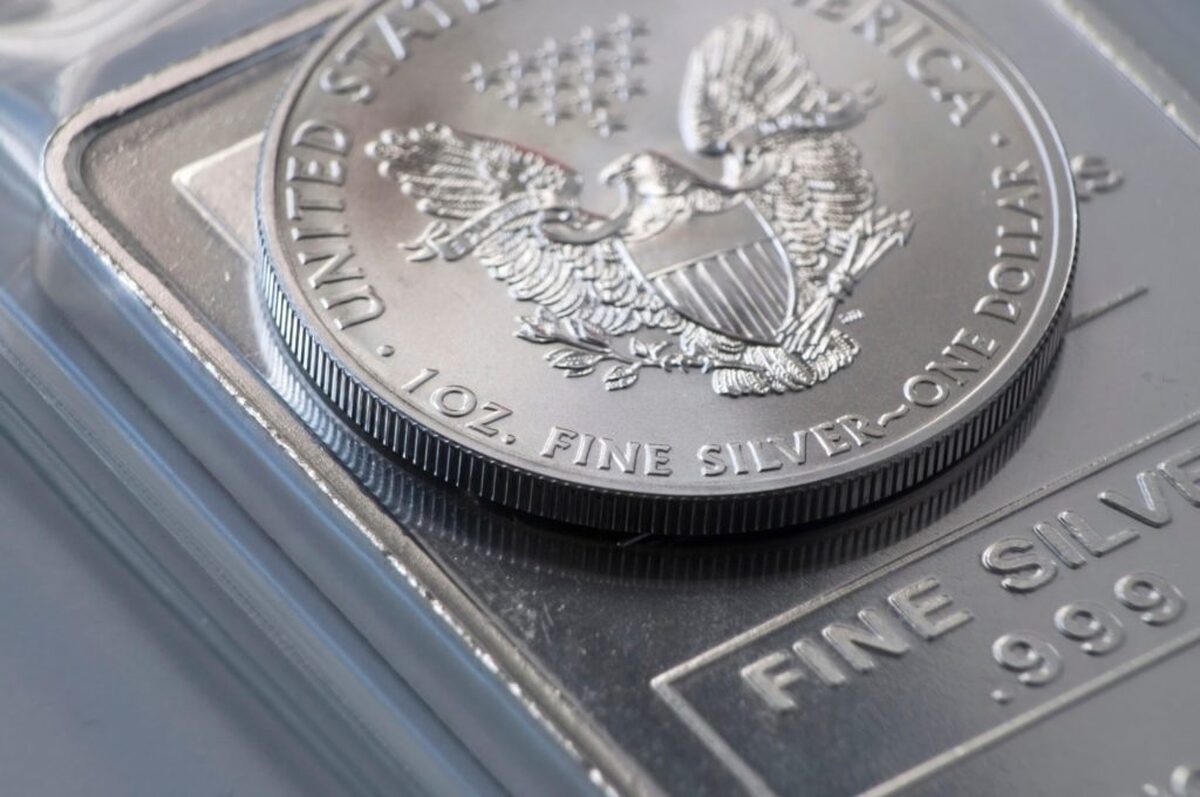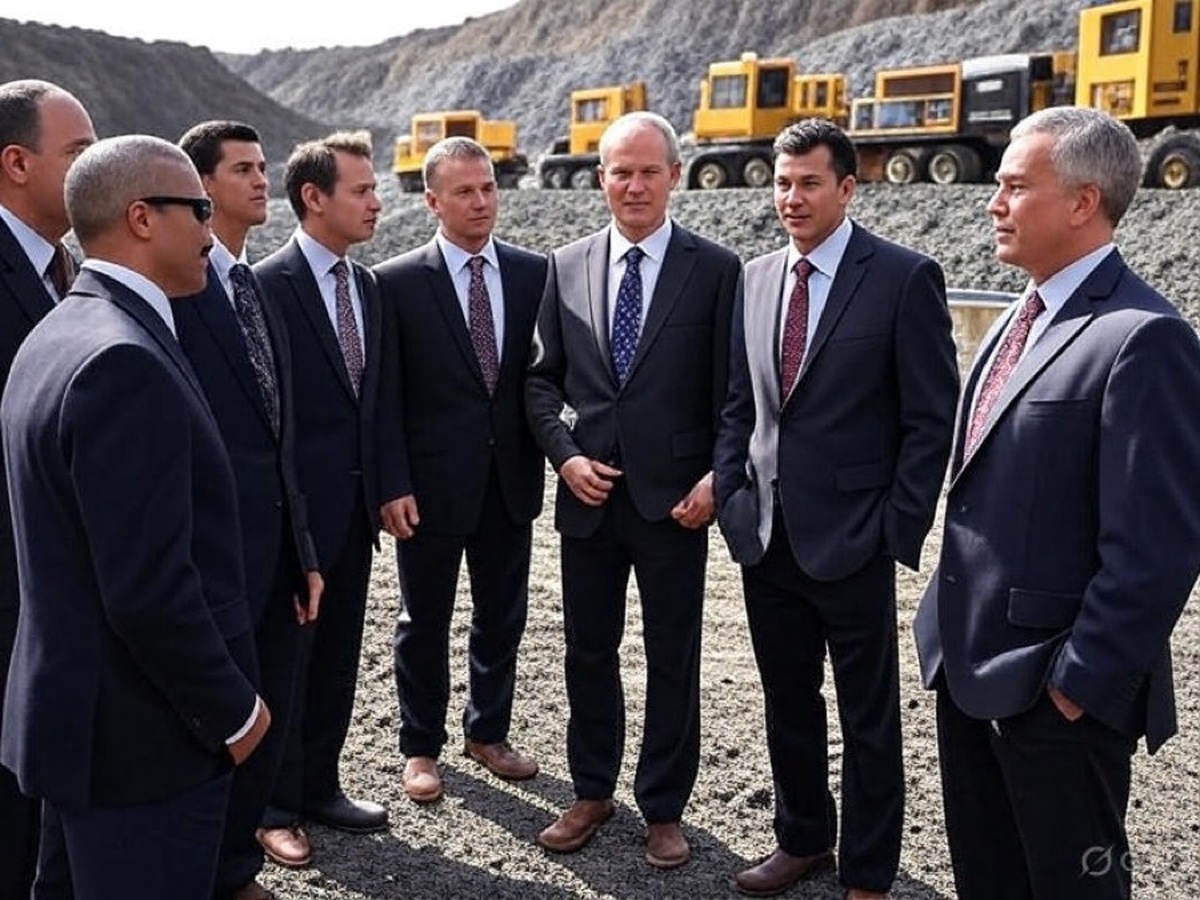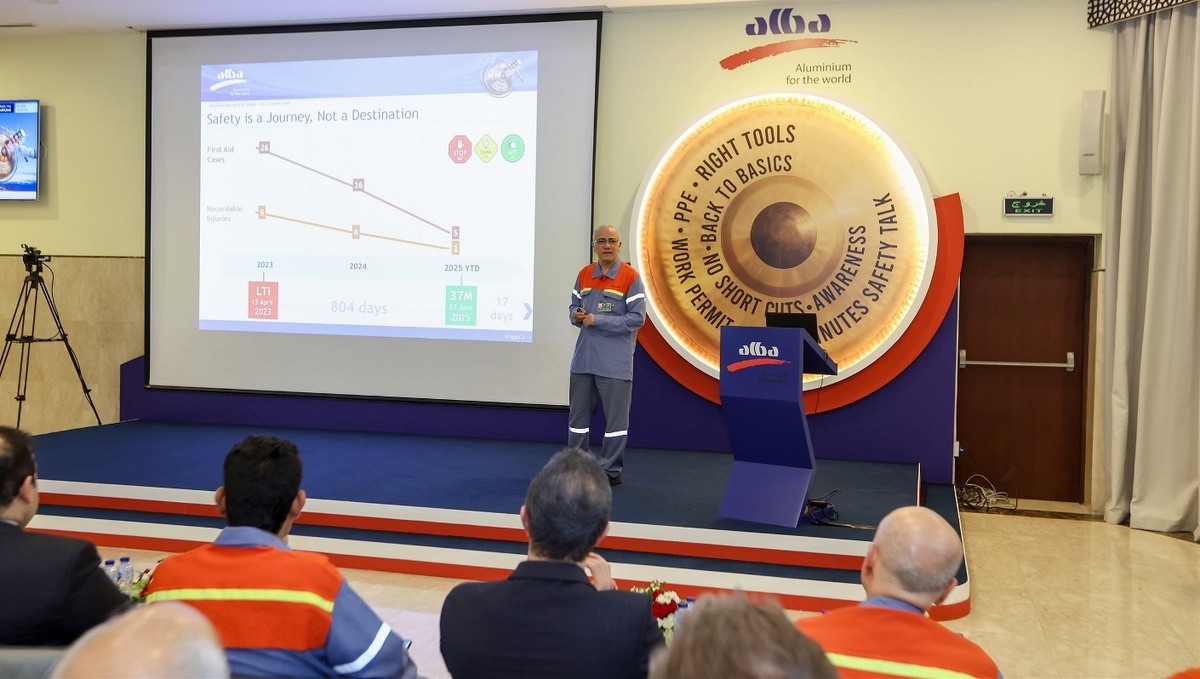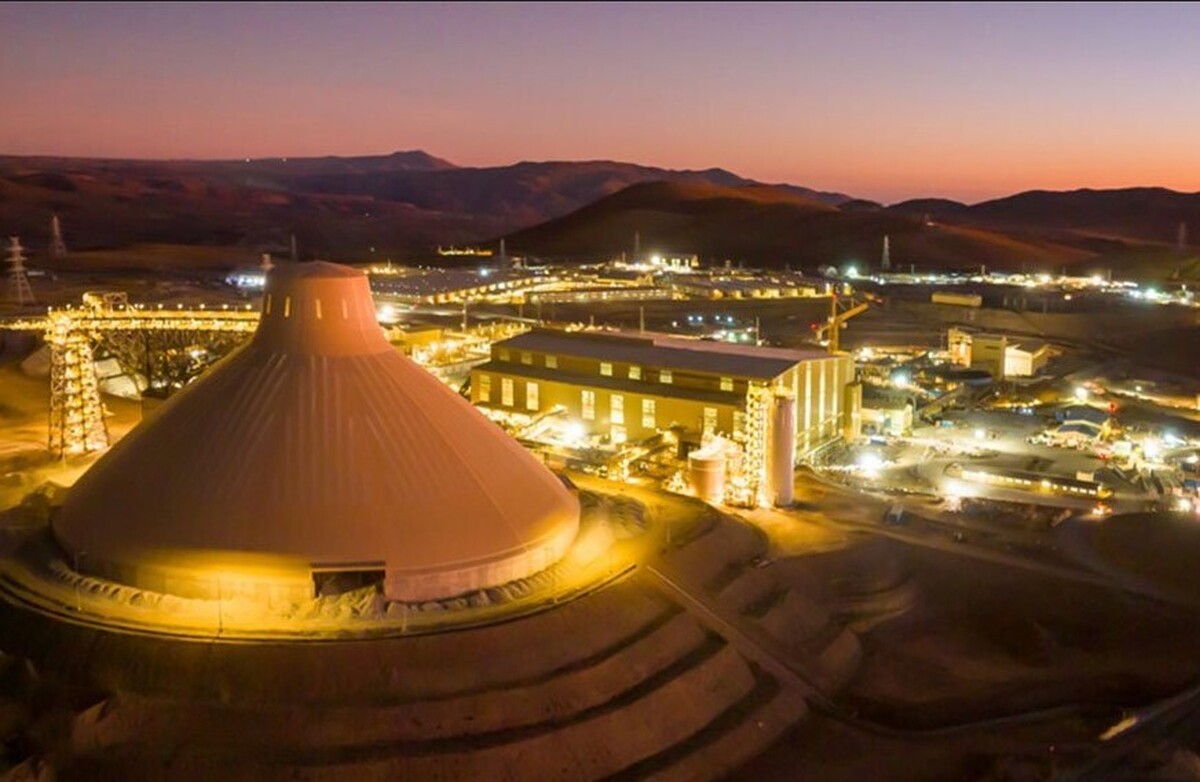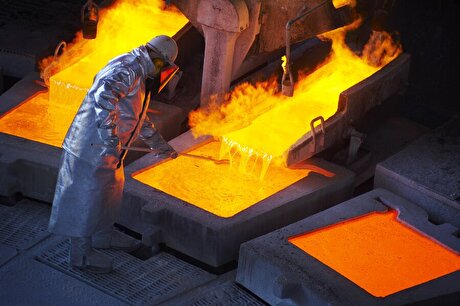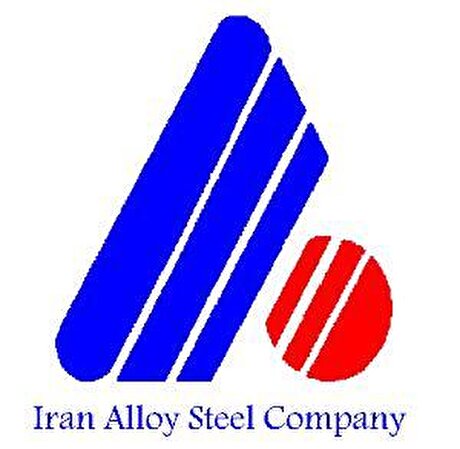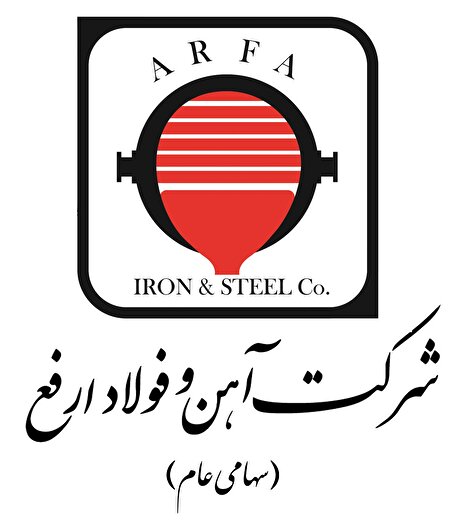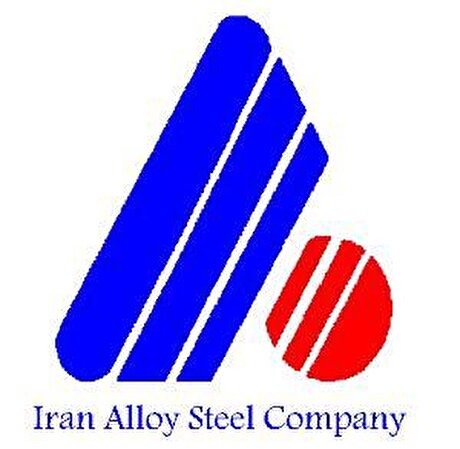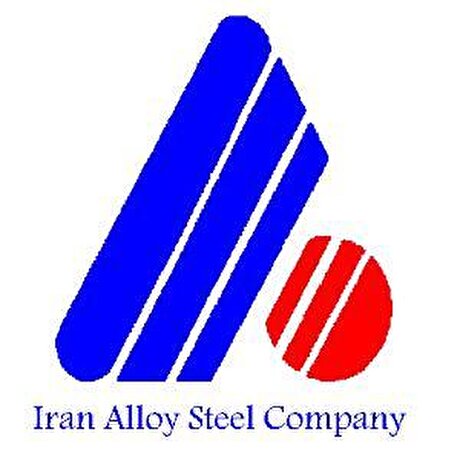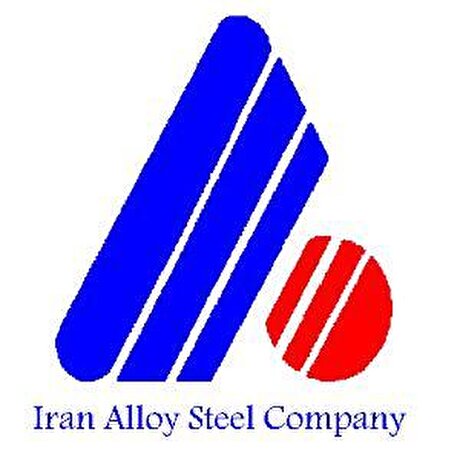
Trump’s 50% copper tariffs jolt US market as buyers slash imports and delay orders
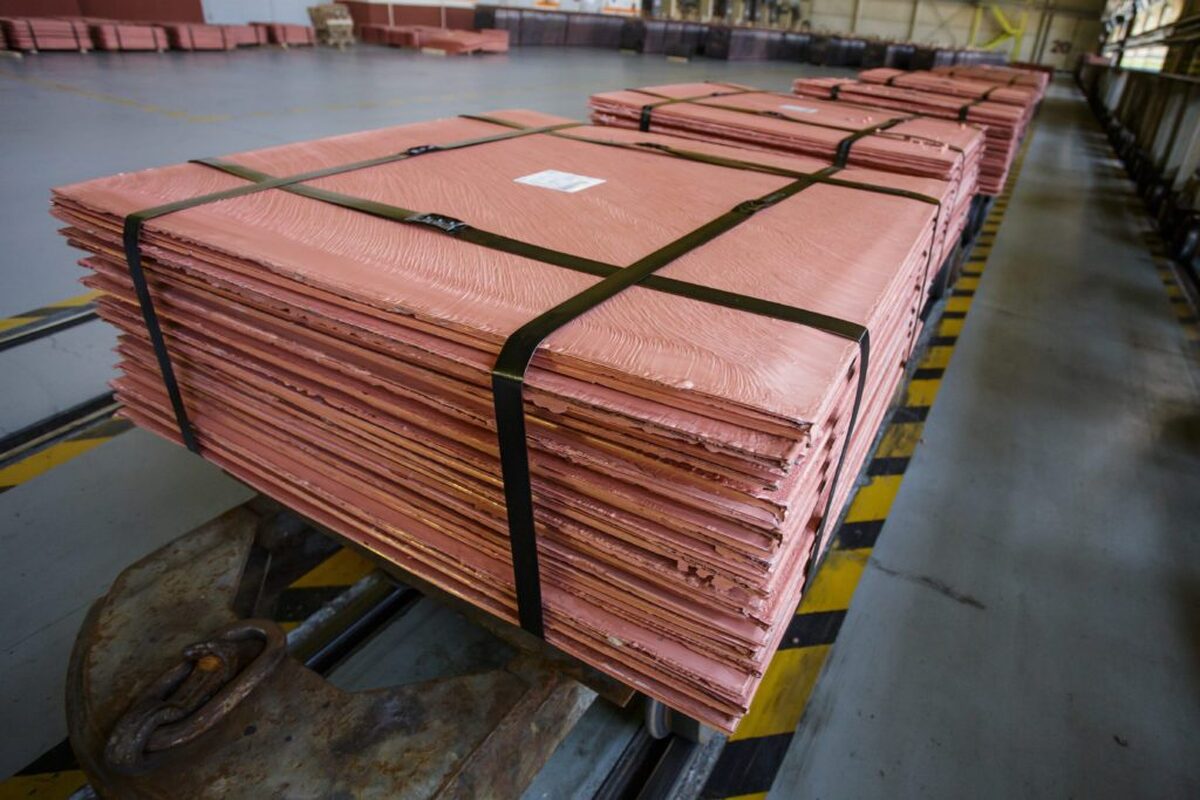
According to me-metals cited from mining.com, Sam Desai is vice president at RM-Metals, a distributor in the Garden State that brings in copper from abroad and sells it to domestic users like appliance makers. US prices had already been trading higher than global benchmarks for most of the year as the market anticipated tariffs. But 50% is higher than what Desai expected, forcing RM-Metals to immediately reduce the amount of copper it imports.
“We made about a 25% reduction” from previous buying levels once the news broke, he said, adding that the company also canceled pre-existing orders when possible. For the shipments that weren’t canceled, Desai predicts they will largely end up sitting in stockpiles because customers are “leery” about buying products now.
“The customers don’t want to pay the duty on it — it’s too high,” he said. “We’re going to hold it, and then see what happens in a couple months.”
The comments from US metals distributors offer an early sign of how Trump’s proposed copper tariff — which came in much higher than initially anticipated — is already filtering through the industrial supply chain, potentially eroding demand for the metal that’s used in construction and manufacturing.
The tariffs are scheduled to start Aug. 1, though American factories have already been paying more for the metal. For months, New York futures — the domestic benchmark — have traded at premiums to London prices. Comex copper prices have risen 38% this year, compared to the 10% gain on the London Metal Exchange. The dislocations have significant impact because copper finds its way into almost every part of the economy, from housing and telecommunications wires to appliances and computer chips.
In the US, copper buyers now have the option to draw from stockpiles built up from earlier this year, rather than place new orders with distributors like RM-Metals. Inventories in Comex-certified warehouses have swelled to a seven-year high as metals traders rushed in shipments to take advantage of arbitrage opportunities.
There are also plenty of unknowns when it comes to the tariffs. There is a lack of official details on what products will be covered, whether there will be any exemptions and how they will be enforced.
The uncertainty prompted Aviva Metals, which says it’s the largest US manufacturer and distributor of copper alloys, to put some of its transactions on hold, said Roger Deines, the company’s purchasing manager who’s based in Houston.
“Does it affect copper, does it affect brass, does it affect bronze? Does it affect everything with copper in it, or is it just pure copper or copper cathodes? Really nothing is defined,” Deines said. “We can’t make any real business decisions until it’s all defined.”
Charles Bareijsza, the chief executive officer at Metals Associates in New Jersey, started working the phones after news broke on the tariff.
“I called our largest customer, and I said to them, ‘Be prepared, there’s going to be some problems with the copper pricing,” he said, referring to the rising cost of imports.
“Unfortunately, we have to pass the increase to the customers, and we have no idea how they’re going to handle it,” Bareijsza said. “For us, it’s a very confusing time.”
Copper is valued in power infrastructure for its conductivity — making it key for both the energy transition and the data center boom. Trump’s plan for tariffs is a bid to support the development of a more robust domestic supply chain. Now that the US is awash with inventories, that’s providing a buffer for manufacturers and time for the domestic copper industry to ramp up.
But it’s unclear how quickly investments into the US industry will start flowing and how significant they will be. Some industry experts have expressed concern that inflation will rise in the meantime, which would put pressure on the US to backtrack on the levies.
That scenario is adding to the uncertainty for RM-Metals, Desai said.
“The biggest worry customers have is that, let’s say it’s 50% today and tomorrow drops to 40% or 30%, who’s going to cover the cost of the drop?” he said. “Customers are very leery about ordering for the future.”
source: mining.com

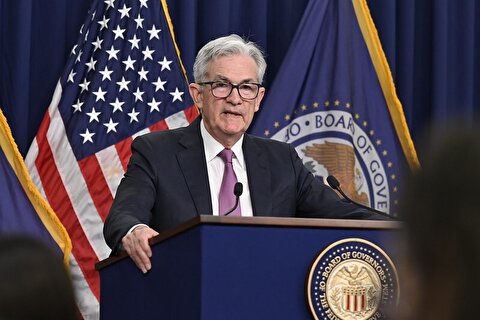
Gold price edges up as market awaits Fed minutes, Powell speech

Glencore trader who led ill-fated battery recycling push to exit

Emirates Global Aluminium unit to exit Guinea after mine seized
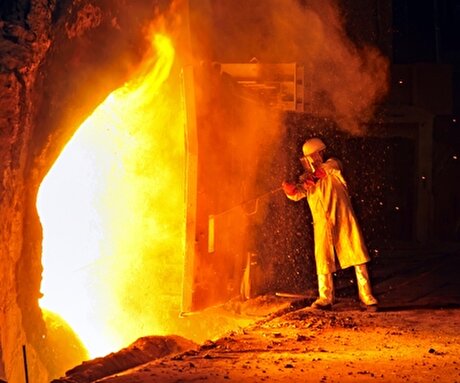
Iron ore price dips on China blast furnace cuts, US trade restrictions

Roshel, Swebor partner to produce ballistic-grade steel in Canada
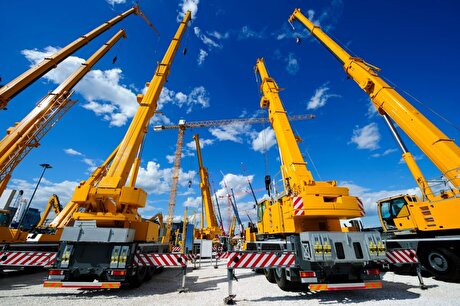
US hikes steel, aluminum tariffs on imported wind turbines, cranes, railcars
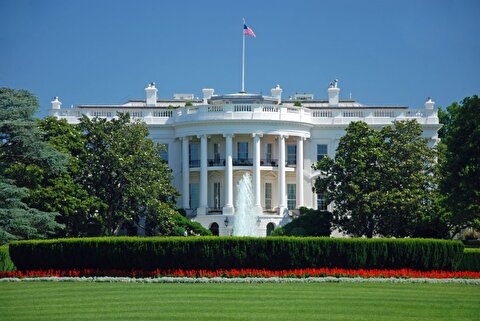
Trump weighs using $2 billion in CHIPS Act funding for critical minerals

EverMetal launches US-based critical metals recycling platform

Afghanistan says China seeks its participation in Belt and Road Initiative
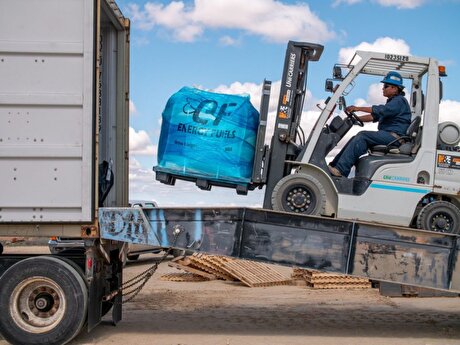
Energy Fuels soars on Vulcan Elements partnership

Northern Dynasty sticks to proposal in battle to lift Pebble mine veto

Giustra-backed mining firm teams up with informal miners in Colombia

Critical Metals signs agreement to supply rare earth to US government-funded facility

China extends rare earth controls to imported material

Galan Lithium proceeds with $13M financing for Argentina project

Silver price touches $39 as market weighs rate cut outlook

First Quantum drops plan to sell stakes in Zambia copper mines

Ivanhoe advances Kamoa dewatering plan, plans forecasts

Texas factory gives Chinese copper firm an edge in tariff war

Energy Fuels soars on Vulcan Elements partnership

Northern Dynasty sticks to proposal in battle to lift Pebble mine veto

Giustra-backed mining firm teams up with informal miners in Colombia

Critical Metals signs agreement to supply rare earth to US government-funded facility

China extends rare earth controls to imported material

Galan Lithium proceeds with $13M financing for Argentina project

Silver price touches $39 as market weighs rate cut outlook

First Quantum drops plan to sell stakes in Zambia copper mines

Ivanhoe advances Kamoa dewatering plan, plans forecasts

